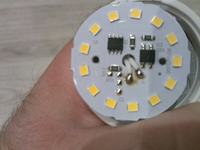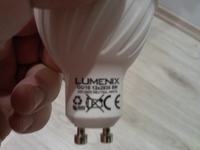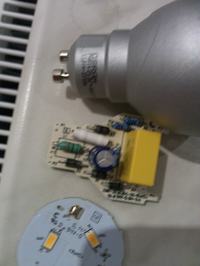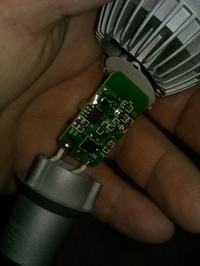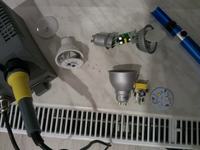Hello and welcome,
I am struggling with the problem of LED blinking. It seems to me that they are of poor quality, the seller otherwise thinks that my problem is the only one. All leds run on DC voltage, so a weak AC / DC converter might be the problem?
For testing, I turned off other circuits in the house, leaving only the light and still the same. I measured the voltage while blinking and it was stable. You can see everything in the recording in the attachment.
Installation in the house is new, 1.5m2 light. The connection to the building is new, only an old switchgear can be found on the staircase, but it is certainly in copper, but since the voltage does not jump, everything is OK?
Maybe a little stupid question, but does the frequency of the current have any effect on the receivers like LEDs? I measured with my multimeter but I do not know if the measurement is sufficient - the result is 0.04 kHz and it does not jump. I do not know if another device nearby (read: neighbor) can cause the LED blinking problem.
I would like to add that it does not always blink and there are different degrees of intensity. Usually, turning the power off and on helps, but the effect is short-lived.
Thanks in advance!
I am struggling with the problem of LED blinking. It seems to me that they are of poor quality, the seller otherwise thinks that my problem is the only one. All leds run on DC voltage, so a weak AC / DC converter might be the problem?
For testing, I turned off other circuits in the house, leaving only the light and still the same. I measured the voltage while blinking and it was stable. You can see everything in the recording in the attachment.
Installation in the house is new, 1.5m2 light. The connection to the building is new, only an old switchgear can be found on the staircase, but it is certainly in copper, but since the voltage does not jump, everything is OK?
Maybe a little stupid question, but does the frequency of the current have any effect on the receivers like LEDs? I measured with my multimeter but I do not know if the measurement is sufficient - the result is 0.04 kHz and it does not jump. I do not know if another device nearby (read: neighbor) can cause the LED blinking problem.
I would like to add that it does not always blink and there are different degrees of intensity. Usually, turning the power off and on helps, but the effect is short-lived.
Thanks in advance!




